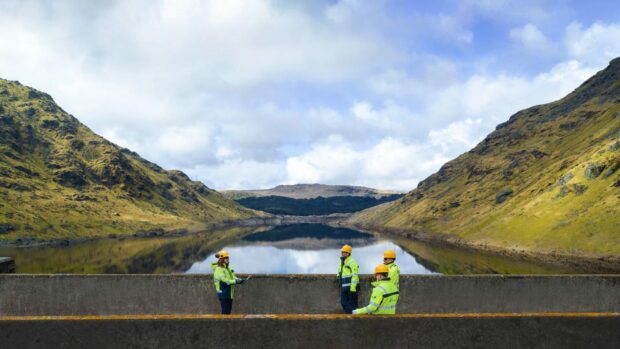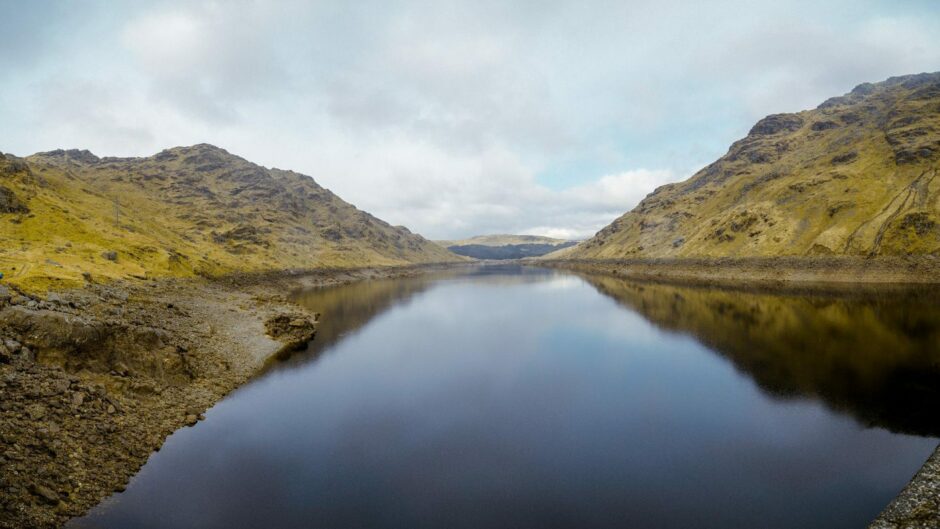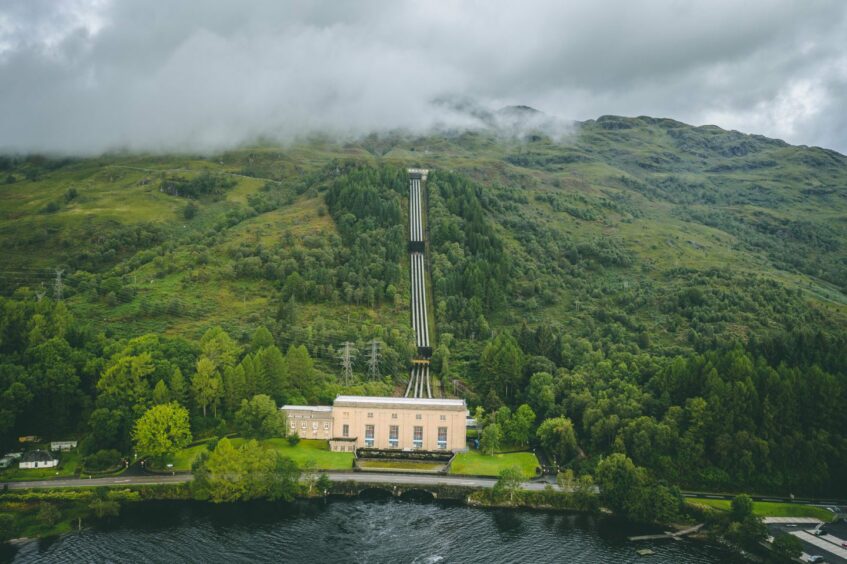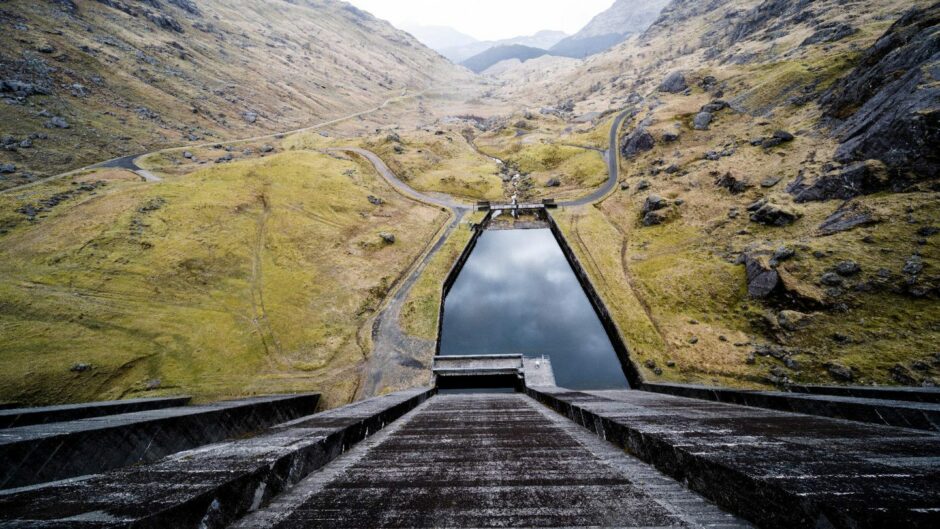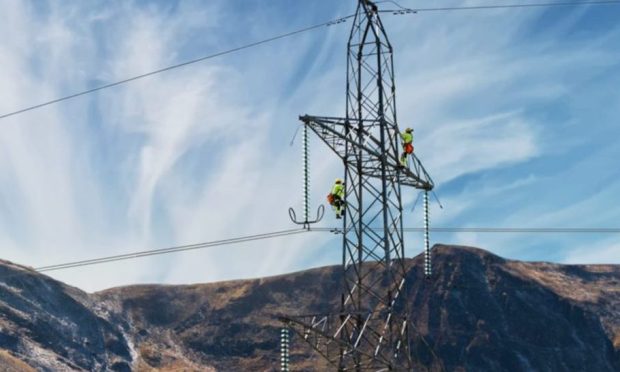From then to now, we’re taking a closer look at the story of iconic hydro power stations in Scotland.
-
Some Press and Journal online content is funded by outside parties. The revenue from this helps to sustain our independent news gathering. You will always know if you are reading paid-for material as it will be clearly labelled as “Partnership” on the site and on social media channels.
This can take two different forms.
“Presented by”
This means the content has been paid for and produced by the named advertiser.
“In partnership with”
This means the content has been paid for and approved by the named advertiser but written and edited by our own commercial content team.
For the past 80 years, Scotland’s hydro-electric stations have harnessed our vast natural water resources to help power the country – and the Highlands have long played a vital role in this!
Today, we’re still using this original source of renewable energy to power homes and business across the UK.
But what was the catalyst behind this green power revolution almost a century ago?
Kicking things off: the Hydro Electric Development (Scotland) Act 1943
In 1943, the Hydro Electric Development (Scotland) Act was introduced, allowing companies to begin construction on some of the country’s most iconic power station sites.
A total of 54 power stations, 78 dams and over 300km of underground tunnels were constructed.
It brought power to the Glens and transformed the economic and social fabric of rural Scotland.
This network of hydro power schemes, including conventional hydro power stations and pumped hydro storage facilities, are the hidden secret in the Highlands that have been powering the country for 80 years.
Today, the majority of these sites are still in operation.
You can learn more about the historic role and creation of hydro power in Scotland thanks to exhibitions at the Pitlochry Dam Visitor Centre.
The centre also shows how SSE Renewables is harnessing hydro to power future generations of Scottish homes and businesses.
Because, as we seek to decarbonise our energy system, these hydro power stations that were built 80 years ago now stand ready to play their part in a net zero future.
Net zero and hydro power in Scotland
Scotland was producing ‘green energy’ before the term existed, so it’s ideally placed to drive the next phase of our green energy revolution.
The country has ambitious targets to become net zero by 2045, which is a huge challenge.
Leading renewable energy company, SSE Renewables, is at the forefront of driving this transition to a decarbonised Scottish energy system.
Its hydro sites will play a pivotal part in the company’s strategy to achieving net zero.
Which is why, to help in the drive towards net zero, SSE Renewables is investing in hydro power’s future with its £1.5bn+ project, Coire Glas.
Decarbonising the UK’s power sector on the journey to net zero
Coire Glas could become Britain’s biggest natural battery and would double Britain’s current flexible electricity storage capacity.
If built, it would be capable of powering three million homes for 24 hours and would be one of the biggest investments and engineering projects in the Scottish Highlands and the UK.
Coire Glas, which is a pumped hydro storage project, will be fundamental in decarbonising the UK’s power sector as it will allow green energy to be discharged if it isn’t windy or sunny and other forms of renewable technologies are not able to produce energy.
It gives the power system greater flexibility and security which is why it will play such an important role in the UK’s future.
Finlay McCutcheon, director of onshore renewables at SSE Renewables, said: “In 2023, we’re celebrating our hydro business in Scotland turning 80. So, there’s never been a better time for SSE Renewables to bring forward our Coire Glas project.
“This multi-billion-pound project will be one of the most ambitious energy infrastructure schemes the UK has ever seen. It is a key component of our commitment at SSE Renewables to help lead Scotland and the UK’s energy transition.”
Coire Glas and Sloy Power Station
As well as SSE Renewables’ commitment to Coire Glas, the company has also unveiled plans to convert its existing Sloy Power Station.
Sloy Power Station is Britain’s largest conventional hydro power plant, but the company plans to convert it into a new pumped hydro storage facility.
This will complement Coire Glas, further strengthen Scotland’s energy security and provide additional flexible energy that will be critical in achieving net zero.
The story of hydro power in Scotland continues
Looking back to 80 years ago, hydro-electric power transformed the way people lived and worked by providing affordable electricity for Highland communities.
Today, hydro power is still at the heart of SSE Renewables’ strategy, as it gets ready to deliver a net zero power system for Scotland and the UK for decades to come.
To learn more about the rich history of hydro electricity, visit Pitlochry Dam Visitor Centre and see how water will continue to power generations of Scottish homes and businesses.
